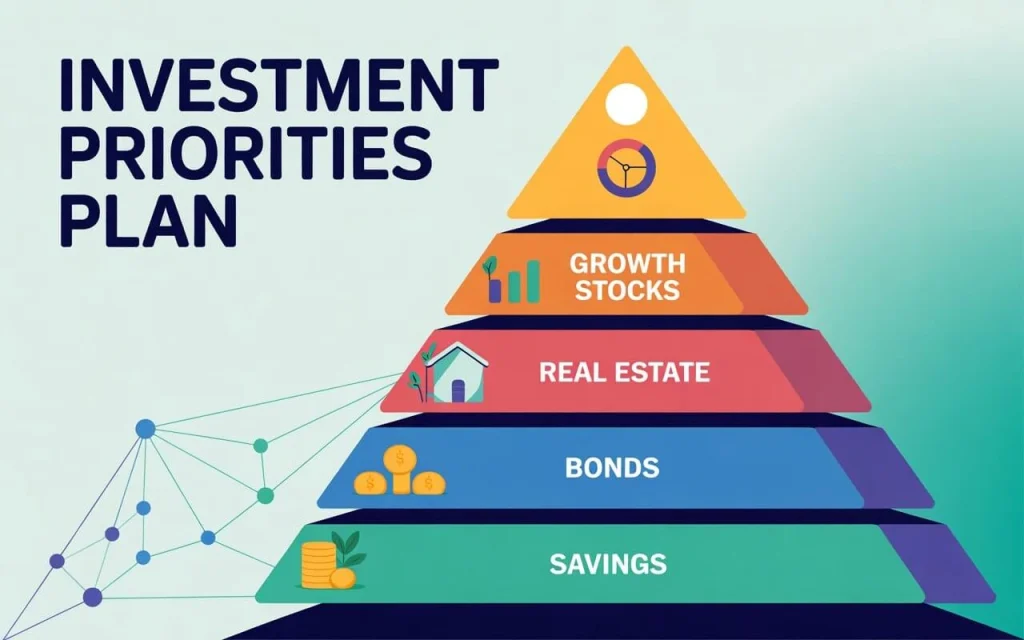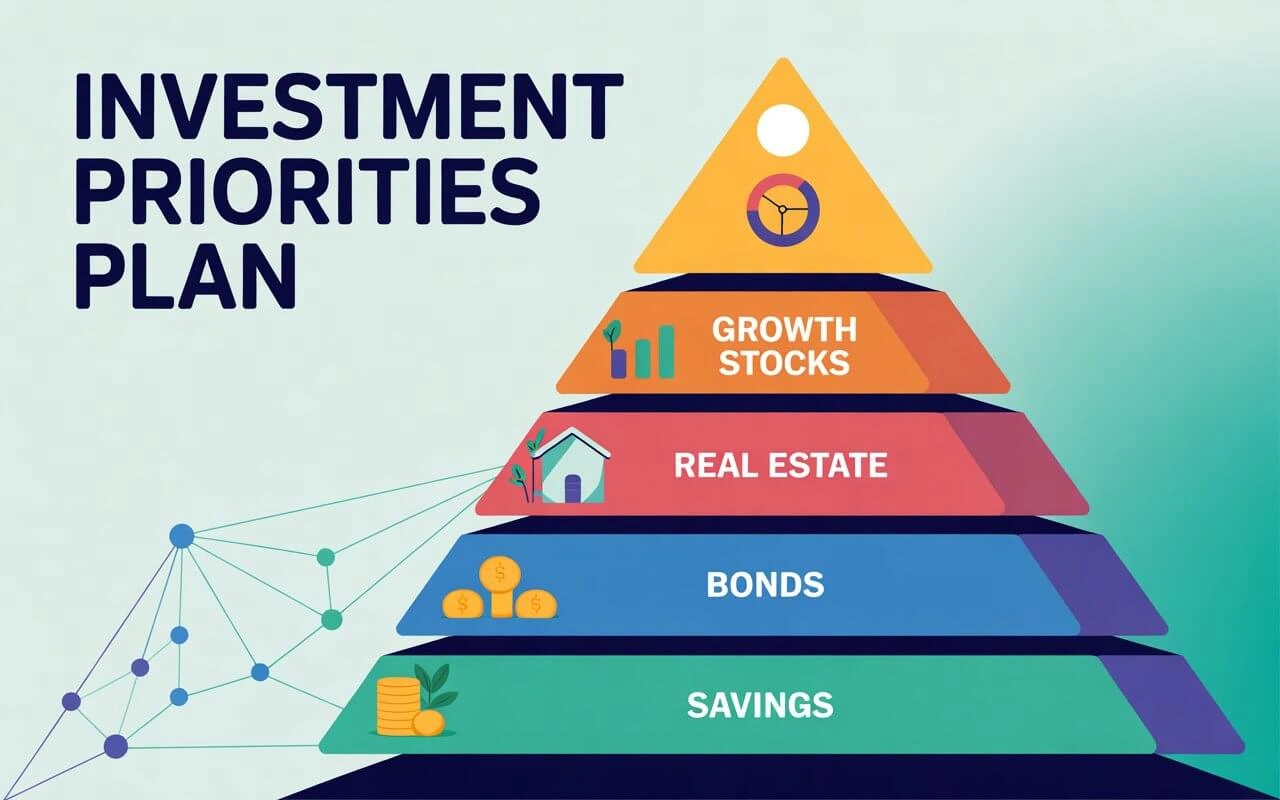In today’s complex financial and policy environment, making strategic decisions about where to invest limited resources is essential. This is where an Investment Priorities Plan (IPP) comes into play. Whether developed by a national government, a corporation, or a development agency, an IPP serves as a structured roadmap that aligns resource allocation with long-term objectives and developmental impact.

Content
What is an Investment Priorities Plan?
An Investment Priorities Plan is a formal document or framework that outlines priority sectors, projects, or initiatives where funding, policy support, and resources should be concentrated. The goal is to maximize economic growth, social benefits, and return on investment by channeling efforts into strategic areas.
These plans are typically reviewed and updated regularly to reflect shifting economic trends, geopolitical dynamics, and stakeholder needs.
Core Elements of an Investment Priorities Plan
Understanding what makes an IPP effective starts with its core components:
1. Strategic Objectives
Set high-level goals that the plan intends to achieve, such as:
- Job creation
- Export competitiveness
- Innovation and technology development
- Environmental sustainability
2. Sectoral Focus
Identify high-priority industries such as:
- Renewable energy
- Digital infrastructure
- Agriculture and food security
- Healthcare and pharmaceuticals
- Transportation and logistics
3. Resource Allocation Principles
Establish criteria for allocating budgets, grants, tax incentives, or public-private partnerships (PPPs), often based on:
- Cost-benefit analysis
- Risk assessment
- Socioeconomic impact
4. Time-Bound Targets
Define short-, medium-, and long-term outcomes with measurable KPIs and milestones to track implementation.
5. Stakeholder Engagement
Involve:
- National and local governments
- Private sector investors
- Development partners
- Civil society organizations
This ensures that the plan reflects real needs and garners support.
6. Monitoring and Evaluation (M&E)
Create an M&E framework that includes:
- Progress tracking dashboards
- Independent audits
- Feedback loops for continuous improvement
7. Regulatory and Policy Support
Align investment priorities with:
- National development plans
- Industrial policy
- Tax and legal incentives
Why Do Investment Priorities Plans Matter?
The value of an IPP lies in its ability to deliver strategic, inclusive, and results-driven investments. Here’s how:
- Provides Strategic Direction: Ensures alignment between budgetary decisions and long-term visions.
- Enhances Transparency: Reduces arbitrary or politically driven spending.
- Improves Coordination: Promotes inter-agency collaboration and donor harmonization.
- Stimulates Economic Development: Focuses on high-growth, job-creating sectors.
- Promotes Sustainability: Encourages green investments and climate-resilient infrastructure.
Investment Priorities Plan in Action: Real-World Examples
Philippines
The country’s Board of Investments updates its IPP to attract FDI in manufacturing, infrastructure, and innovation. It ties directly to national industrial policy and fiscal incentives.
Rwanda
The IPP focuses on agribusiness, ICT, and renewable energy to reduce poverty and increase rural employment.
Corporate Sector
Large corporations often create internal investment priorities frameworks to allocate R&D funding, expand into new markets, or modernize operations.
How to Develop and Implement an Investment Priorities Plan
Developing an effective IPP requires a systematic approach:
Phase 1: Situation Analysis
- Conduct economic, demographic, and sectoral assessments
- Identify existing investment gaps and inefficiencies
Phase 2: Stakeholder Mapping
- Engage ministries, business chambers, academia, and NGOs
- Use surveys, focus groups, and consultations
Phase 3: Prioritization Framework
- Use scoring models to assess sectors based on ROI, job creation potential, sustainability, etc.
Phase 4: Policy Formulation
- Draft policy instruments to support priority investments (e.g., incentives, subsidies)
Phase 5: Implementation Planning
- Assign responsibilities across government agencies
- Secure funding sources (public, private, blended finance)
Phase 6: Monitoring & Adjustment
- Set KPIs and performance indicators
- Periodically review and revise the plan to adapt to evolving needs
Common Challenges & How to Overcome Them
| Challenge | Solution |
| Fragmented data or poor analytics | Develop centralized investment databases |
| Political interference | Enforce independent oversight bodies |
| Lack of private sector involvement | Include private sector in early planning stages |
| Inadequate capacity | Invest in training and institutional strengthening |
| Rigid policies | Build flexibility into plan design |
Who Should Use an Investment Priorities Plan?
An IPP benefits a wide range of stakeholders:
- Governments – to align budgeting with development goals
- Donor Agencies – to target funding effectively
- Investors – to find high-potential markets and sectors
- NGOs – to align program goals with national priorities
- Policy Analysts – to track impact and influence change
Final Thoughts
An Investment Priorities Plan is not just a bureaucratic document—it’s a strategic decision-making tool that helps governments and organizations direct their efforts where they matter most. With clear objectives, robust analysis, and inclusive processes, IPPs serve as the foundation for impactful, sustainable investments in both emerging and mature economies.
FAQs
How often should an IPP be updated?
Most plans are reviewed every 2–5 years, but this depends on political cycles, economic shifts, or crisis response needs.
What’s the difference between a national development plan and an IPP?
A national development plan is broader and vision-based. An IPP is more focused, operational, and resource-driven.

Ryan Myers is a business blog author and writer. He graduated from the University of California, Berkeley in 2009 with a degree in Political Science. His favorite topics to write about are blogging for small businesses and becoming an entrepreneur.


